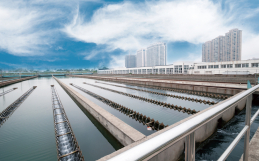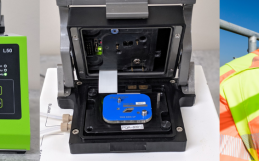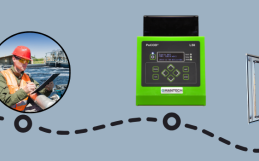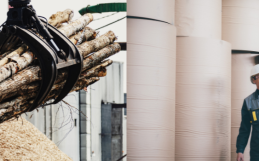Application of Photoelectrochemical Chemical Oxygen Demand to Drinking Water
The Department of Civil & Resources Engineering at Dalhousie University completed a study investigating the capabilities of a photoelectrochemical chemical oxygen demand (PeCOD) analyzer in the drinking water industry to detect the presence of model organic compounds and natural organic matter (NOM). With the participation of four drinking water plants in Nova Scotia, it was found that PeCOD was a credible method for the sample analysis of chemical oxygen demand (COD) from the correlation of results between PeCOD and theoretical oxygen demand (ThOD). Total organic carbon (TOC) can also be related to PeCOD results through stoichiometric ratios. The PeCOD® Analyzer demonstrated its ability to measure COD in surface water as well as raw and treated drinking water applications which trended with the traditional dichromate analysis method (CODCr). Finally, this study used water samples from all drinking water treatment processes to validate a relationship between PeCOD and specific ultraviolet absorbance at 254 nm (SUVA).
Read the full paper published in Journal AWWA here.







